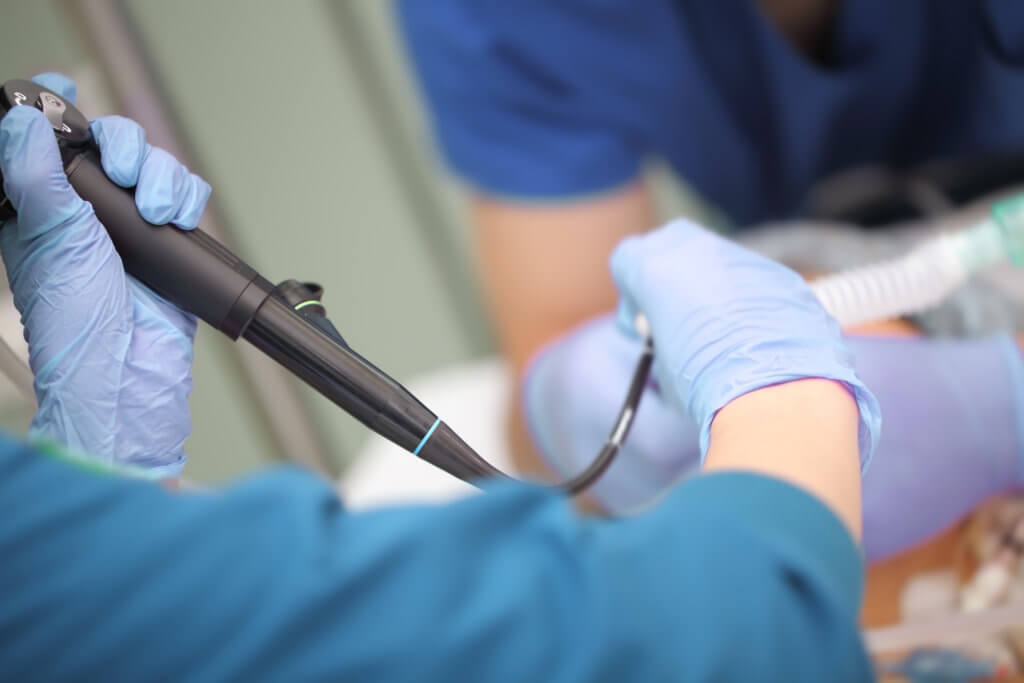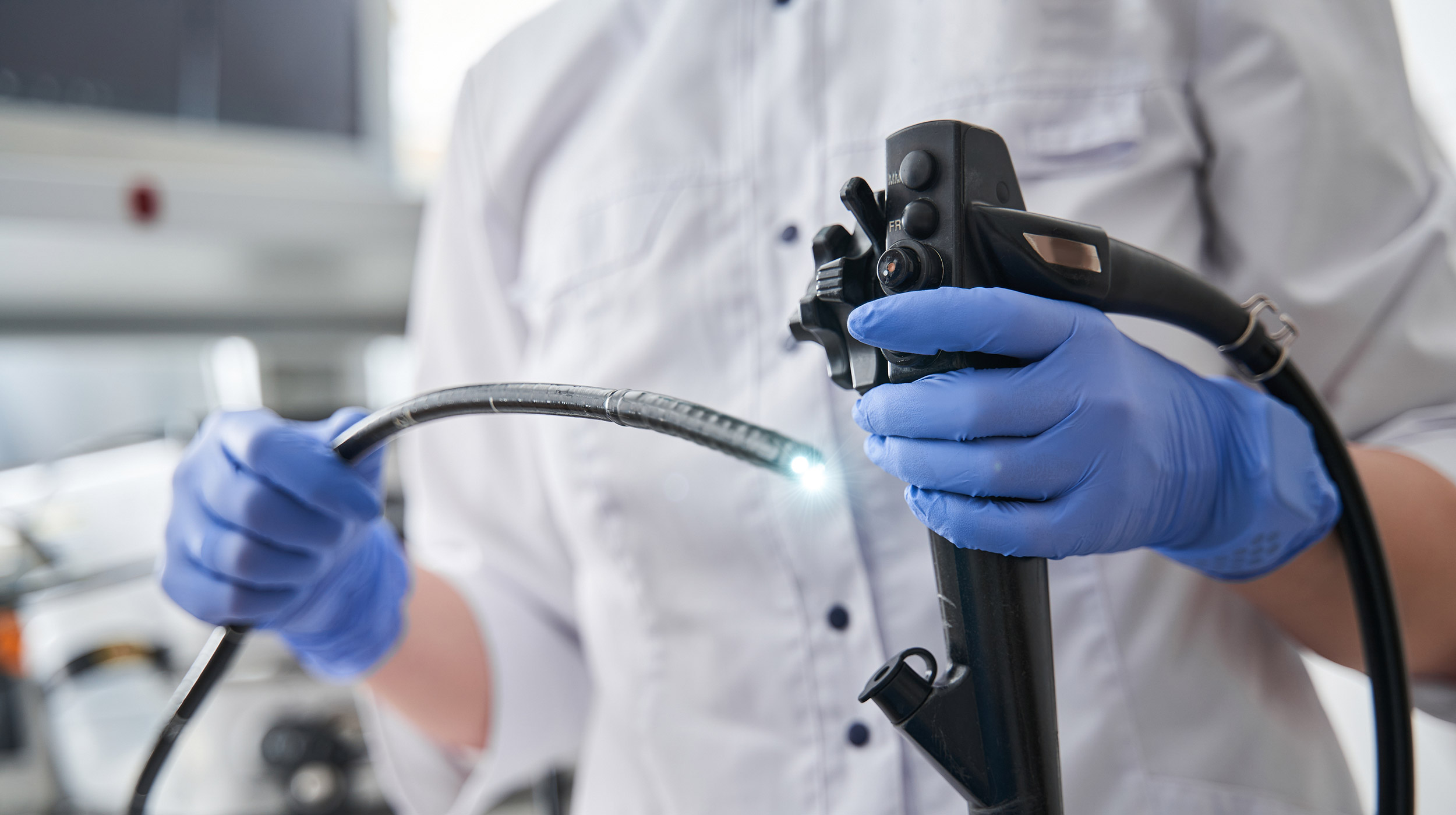
When a Florida hospital transitioned from sterilization to high-level disinfection (HLD) in flexible cystoscope reprocessing, staff found the two methods to be equally effective in preventing patient infection – while the latter offered significant cost savings and required fewer resources.
A total of 1,888 simple cystoscopy procedures at Malcom Randall Veterans Affairs Medical Center in Gainesville, Florida, were retrospectively reviewed for a recent study in The Journal of Urology. Of those, 905 occurred between 2007 and 2010 with scopes reprocessed with sterilization. Between 2012 and 2015, the other 983 reviewed cystoscopies featured HLD reprocessed cystoscopes.
In both cohorts, the rate of symptomatic urinary tract infections (UTI) after cystoscopy was below 1 percent. The same went for unplanned emergency room or clinic visits following procedures. The authors used symptomatic UTI or unplanned clinic visits as the measure for reprocessing success.
The study excluded veterans with recent instrumentation, active or recent UTI, intermittent catheterization, or who had undergone a “complicated” cystoscopy. Factors such as age, comorbidities, and procedural indications were similar between the two groups.
Symptomatic UTI rates following cystoscopy typically range between 0.85 and 6 percent, depending on several clinical factors. In this study, the authors reported a 0.99 percent infection rate for sterilized scopes and a 0.51 percent infection rate for scopes reprocessed with HLD.
Cost savings mostly came from reduced labor and machinery needs for HLD, according to the authors. But, there were other “more nuanced improvements” offered by HLD that are harder to place a dollar sign on.
These include needing to re-sterilize a cystoscope that was not used on the day of initial reprocessing. Scopes cleaned through HLD can be housed in a dry, ventilated container for up to 10 days, according to the authors. No industry consensus currently exists stating how long an endoscope can be safely stored before it risks microbial growth.
“Finally, in an era of limited resources, the reduced use of personal protective equipment under HLD conditions leaves more gowns and materials available for other hospital providers,” they conclude.
This VA hospital changed its reprocessing method following 2010 recommendations from the American Urological Association. The AUA and the Society of Urologic Nurses and Associates issued a joint white paper detailing new protocols for flexible cystoscope reprocessing. It included guidance for precleaning, leak testing, and rinsing and drying while effectively endorsing HLD as the minimum level of flexible cystoscope reprocessing.


